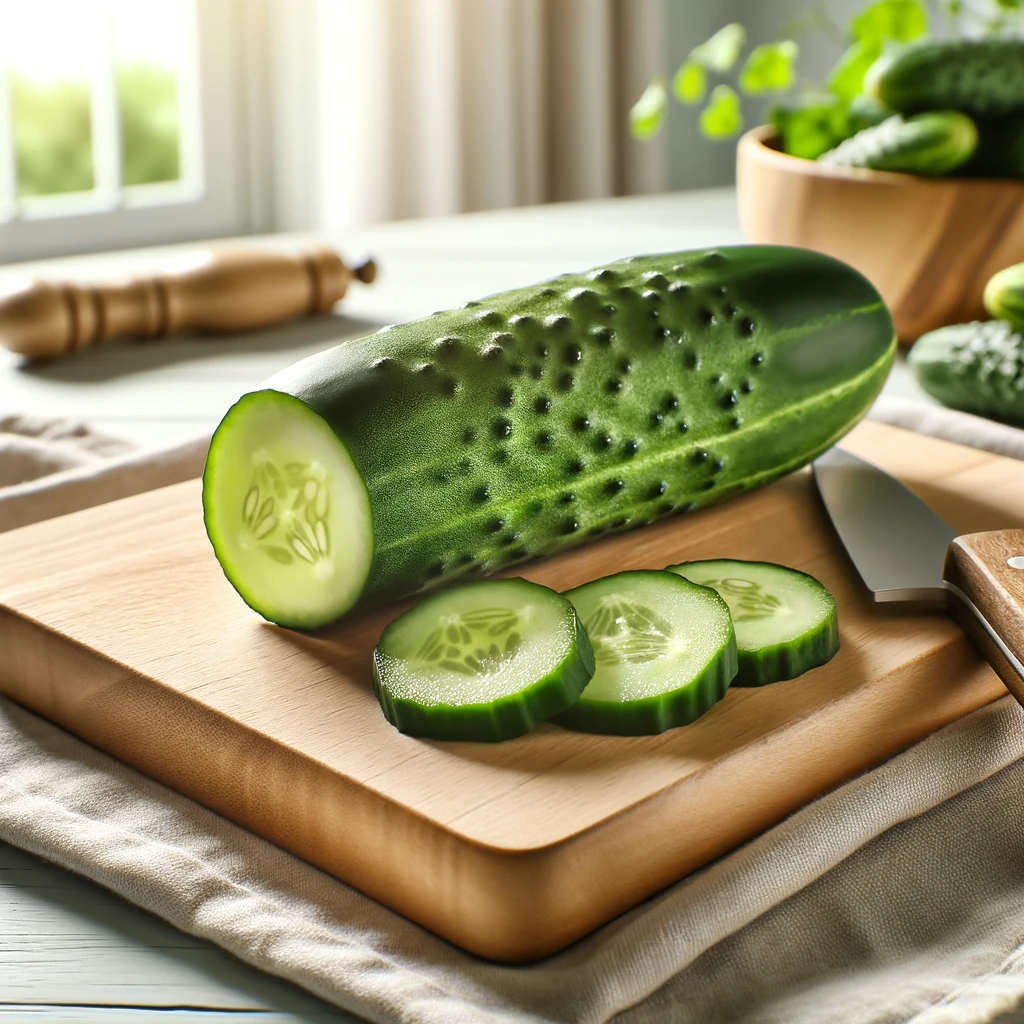Preserving food has been a culinary tradition for centuries, and one of the most delightful methods is pickling. Pickling not only extends the shelf life of ingredients but also enhances their flavor and texture. If you’re a fan of tangy, crunchy, and flavor-packed cucumbers, you’re in for a treat! In this comprehensive guide, we’ll walk you through the art of pickling cucumbers at home, step by step.
Why Pickle Cucumbers?
Before we dive into the pickling process, let’s explore the reasons why you should consider preserving cucumbers in the first place.
1. Flavor Transformation
- Pickling cucumbers transforms their natural mild flavor into a zesty and tangy delight. The addition of spices and vinegar creates a unique taste profile.
2. Extended Shelf Life
- Pickled cucumbers can last for months or even years when properly sealed and stored, making them a convenient and sustainable option.
3. Versatility
- Pickled cucumbers, also known as pickles, can be used in various dishes, from sandwiches to salads, and as a flavorful side dish.
4. Nutritional Value
- While the pickling process may reduce some nutrient content, cucumbers remain a source of vitamins and fiber, making pickles a relatively healthy snack.
Ingredients and Equipment
Ingredients:
- Fresh cucumbers (preferably pickling cucumbers)
- Distilled white vinegar
- Water
- Salt (preferably kosher or pickling salt)
- Sugar
- Pickling spices (peppercorns, dill, mustard seeds, garlic, etc.)
Equipment:
- Glass jars with lids
- Large pot for sterilizing jars
- Canning funnel
- Knife and cutting board
- Measuring cups and spoons
- Saucepan
- Ladle
- Heat-resistant gloves
- Towels
Steps to Pickle Cucumbers
1. Prepare Cucumbers
- Wash cucumbers thoroughly and trim the ends. Slice them into desired shapes: spears, chips, or whole pickles.
2. Sterilize Jars
- Ensure jars and lids are clean and sterilized. Submerge them in boiling water for 10 minutes or use a dishwasher’s sterilize setting.
3. Create Brine
- In a saucepan, combine vinegar, water, salt, and sugar. Heat until salt and sugar dissolve. Add pickling spices to the brine for flavor.
4. Pack Jars
- Pack the sterilized jars tightly with cucumber slices. Leave some space at the top.
5. Pour Brine
- Carefully pour the hot brine over the cucumbers, leaving about 1/2 inch of space at the top.
6. Seal Jars
- Wipe the jar rims to remove any residue, place the sterilized lids on top, and screw them on tightly.
7. Process Jars (Optional)
- For long-term storage, you can process jars in a hot water bath. Place filled jars in a large pot, cover with water, and boil for the specified time in your recipe.
8. Cool and Store
- Allow jars to cool at room temperature. Check for a proper seal (the lid should not pop when pressed). Store in a cool, dark place for a few weeks to allow flavors to develop.
9. Enjoy!
- After a few weeks, your homemade pickles will be ready to enjoy. Serve them as a snack, in sandwiches, or as a flavorful addition to your favorite dishes.
Tips for Perfect Pickles
1. Use Fresh Cucumbers
- Choose firm, unblemished cucumbers for the best results. Pickling cucumbers are ideal due to their size and texture.
2. Experiment with Spices
- Customize your pickles by experimenting with different spices and herbs. Dill, garlic, and red pepper flakes can add a kick to your pickles.
3. Be Patient
- Give your pickles time to develop flavor. They improve with age, so resist the temptation to open the jars too soon.
4. Store Properly
- Store your pickles in a cool, dark place. Refrigeration is not necessary if you follow proper canning and sealing procedures.
5. Safety First
- Always follow recommended canning and food safety guidelines to ensure your pickles are safe to eat.
In conclusion, pickling cucumbers at home is a rewarding culinary endeavor that allows you to enjoy the flavors of summer all year round. With the right ingredients, equipment, and a bit of patience, you can create delicious homemade pickles that will impress your family and friends. So, roll up your sleeves, grab some cucumbers, and embark on a pickling adventure!
